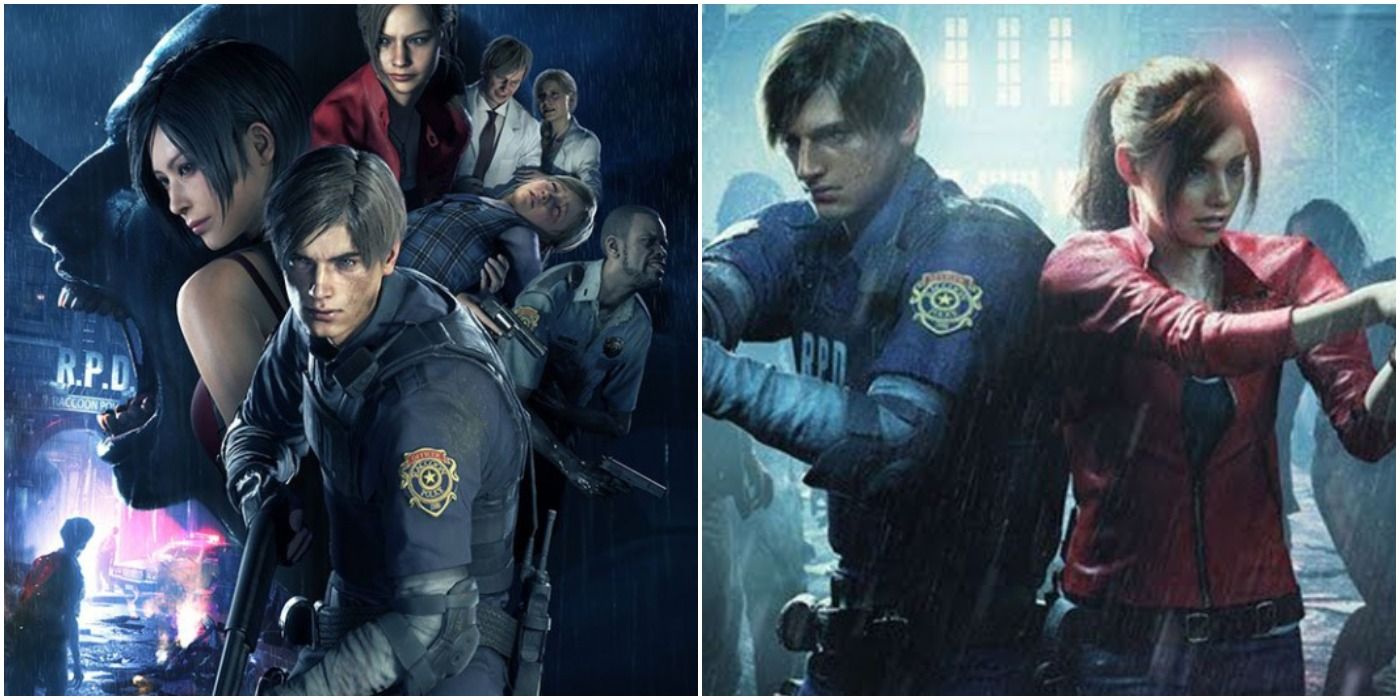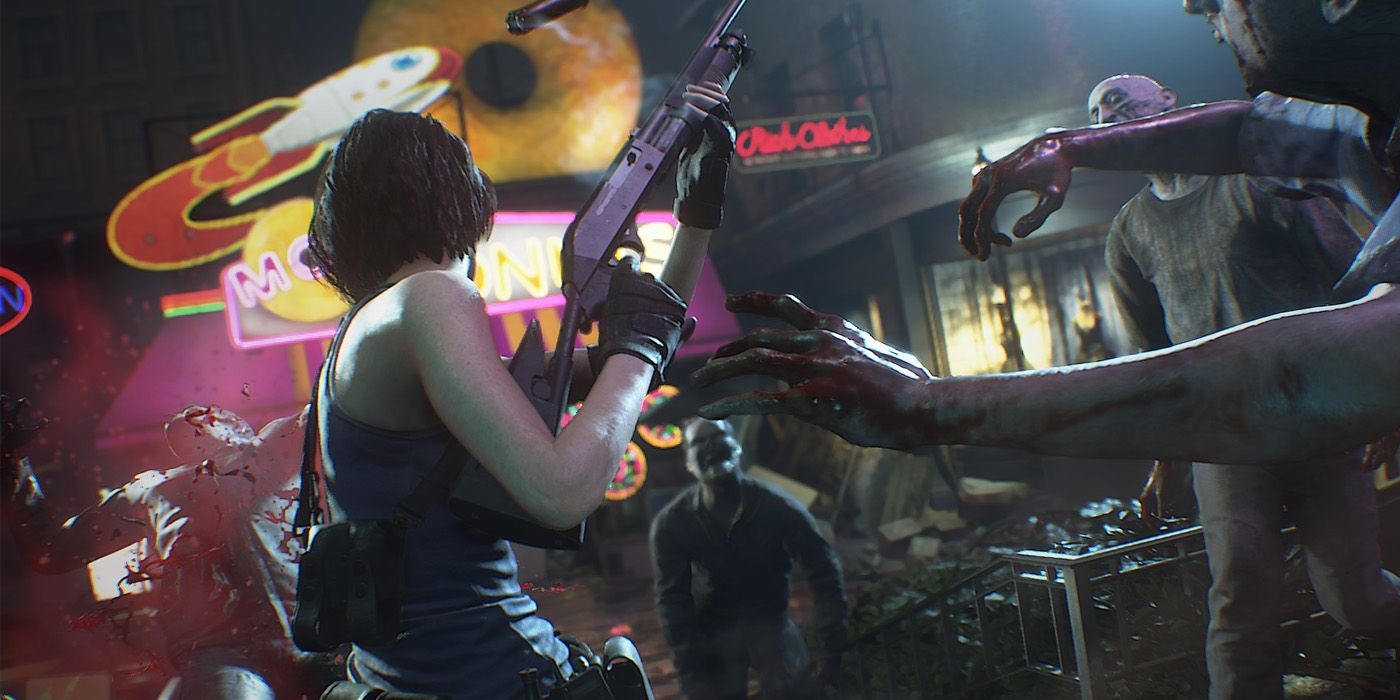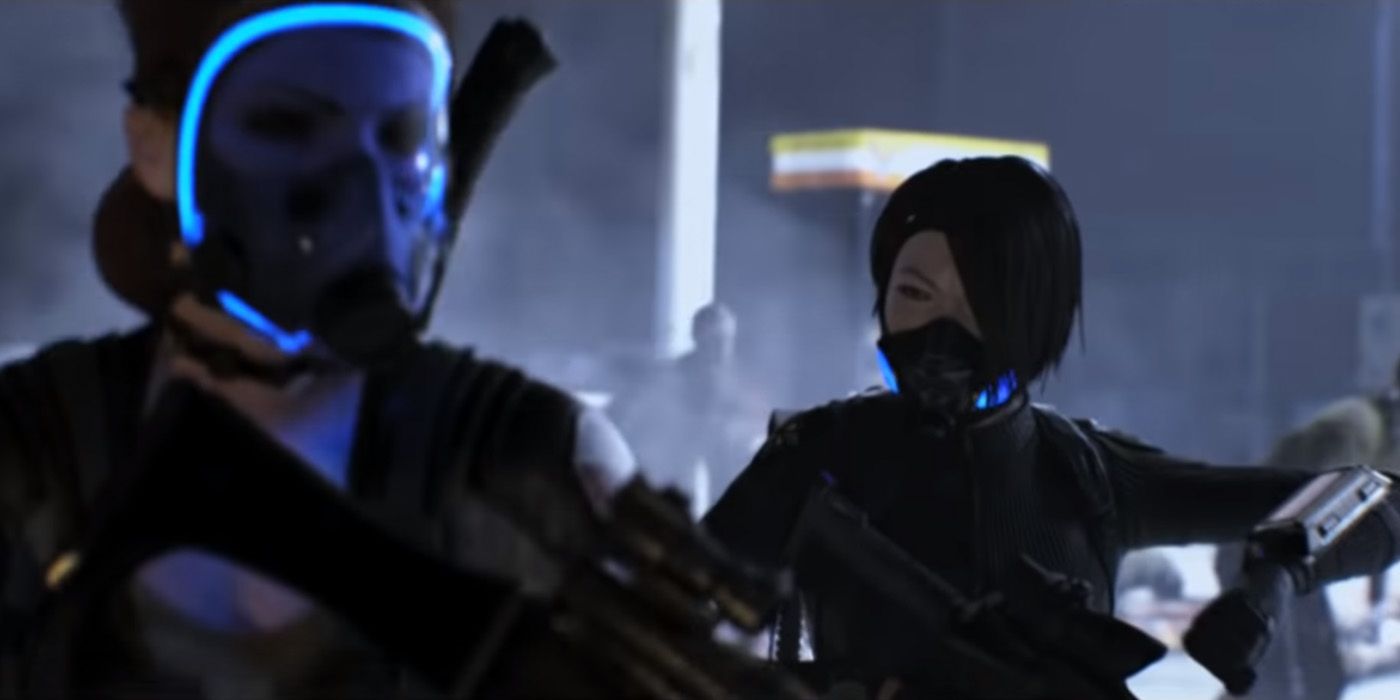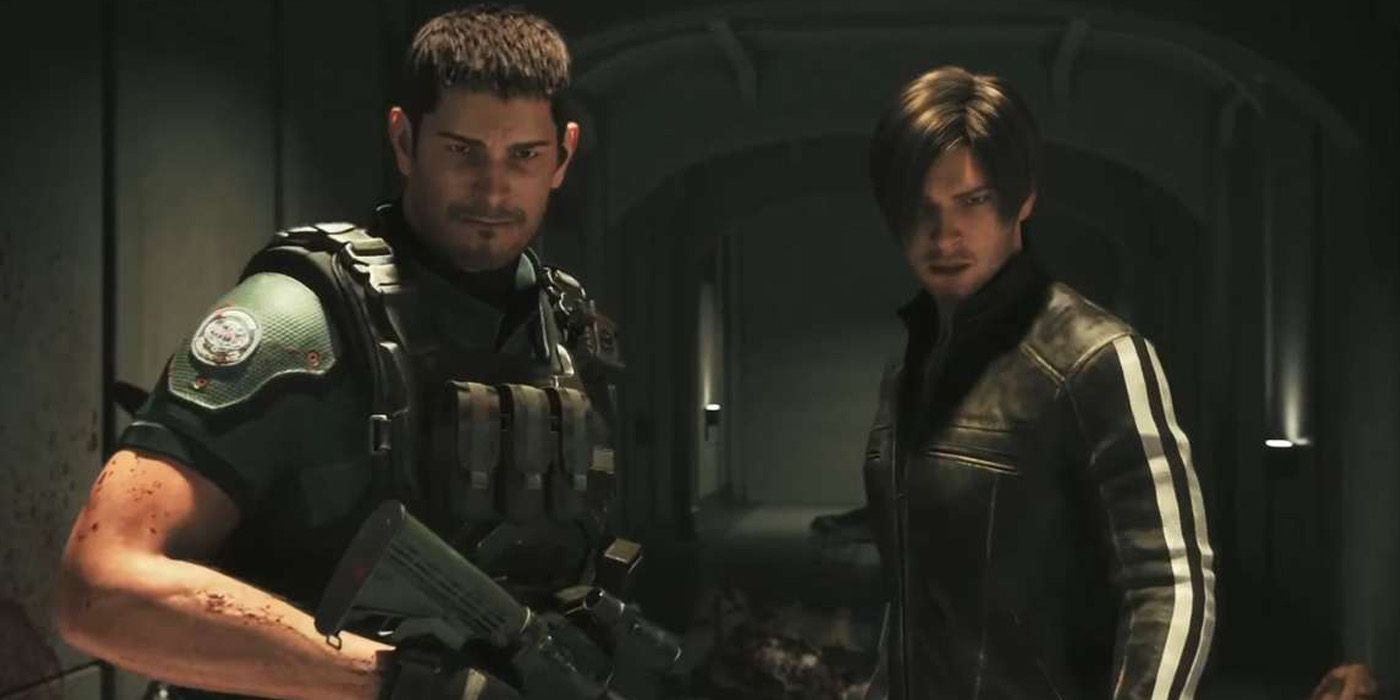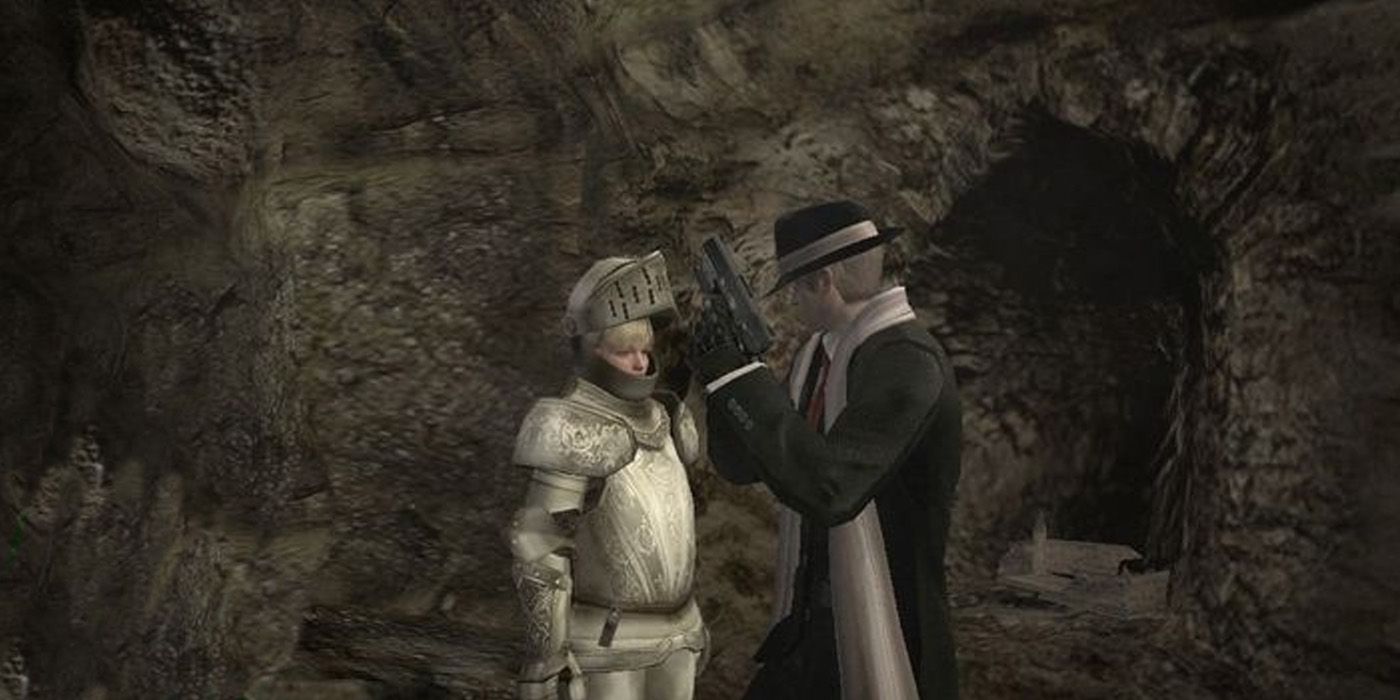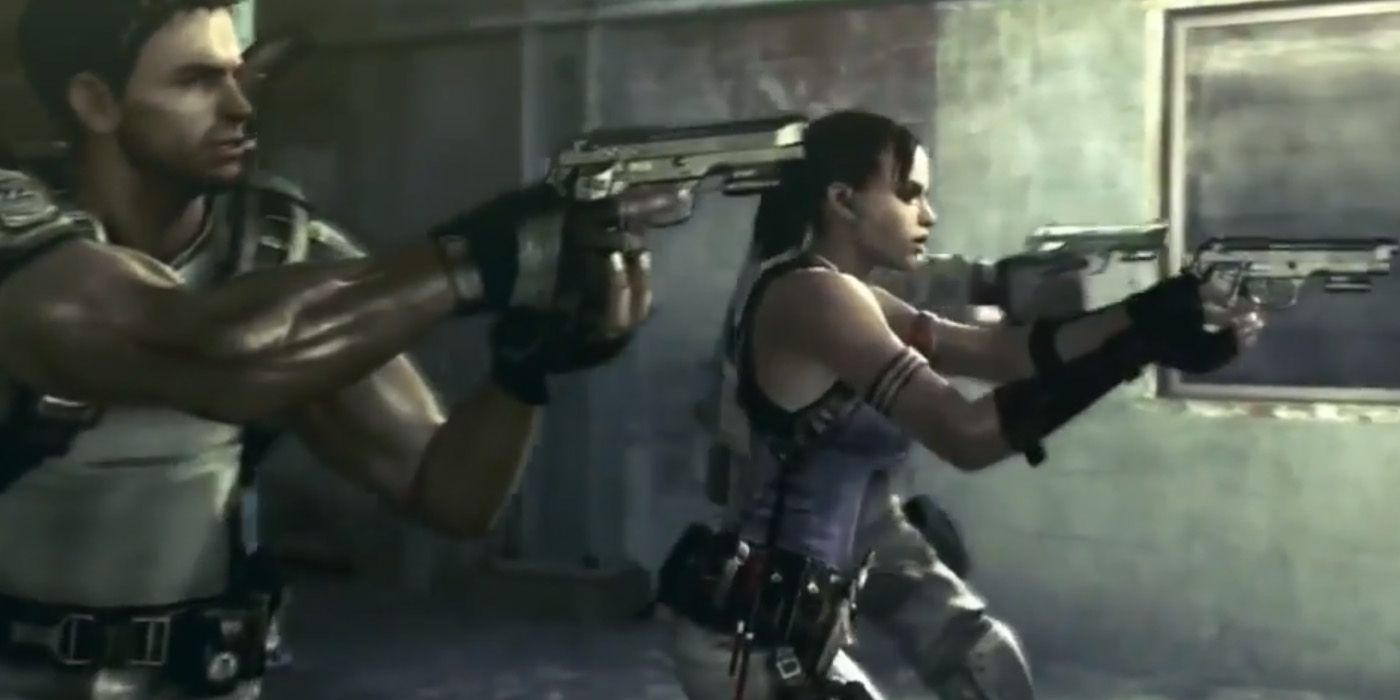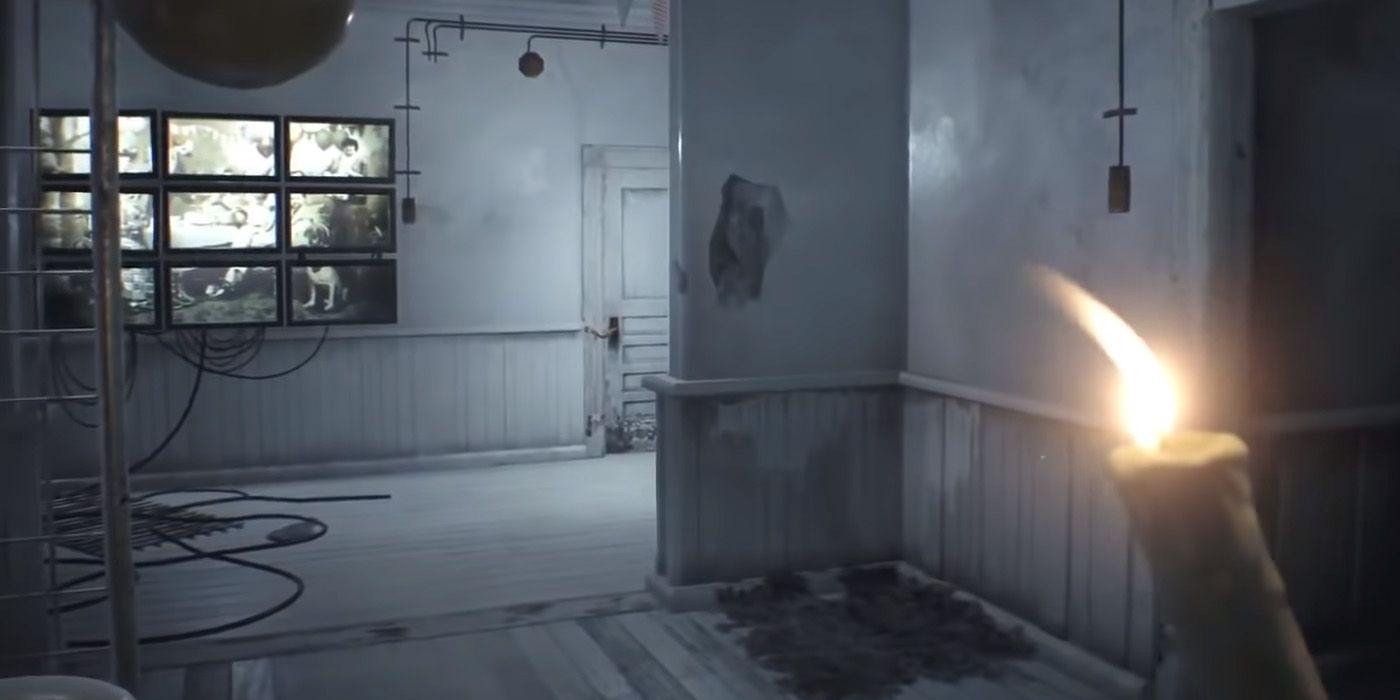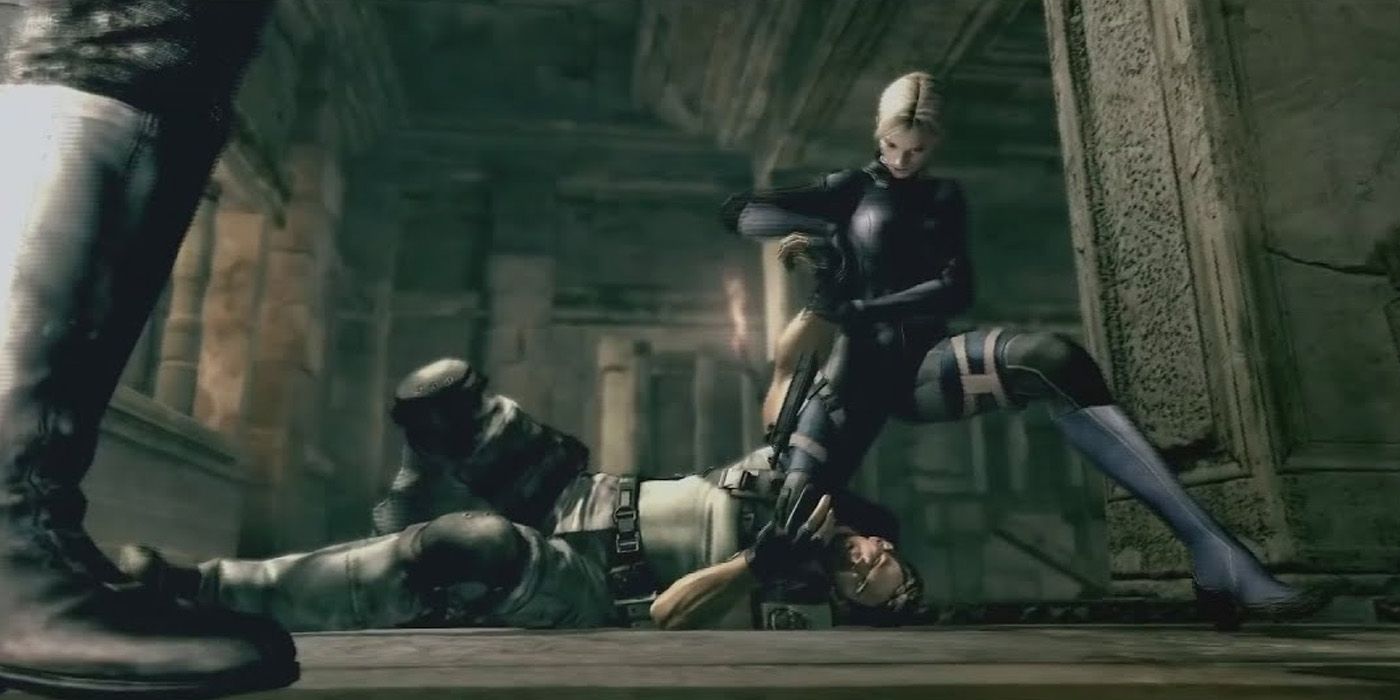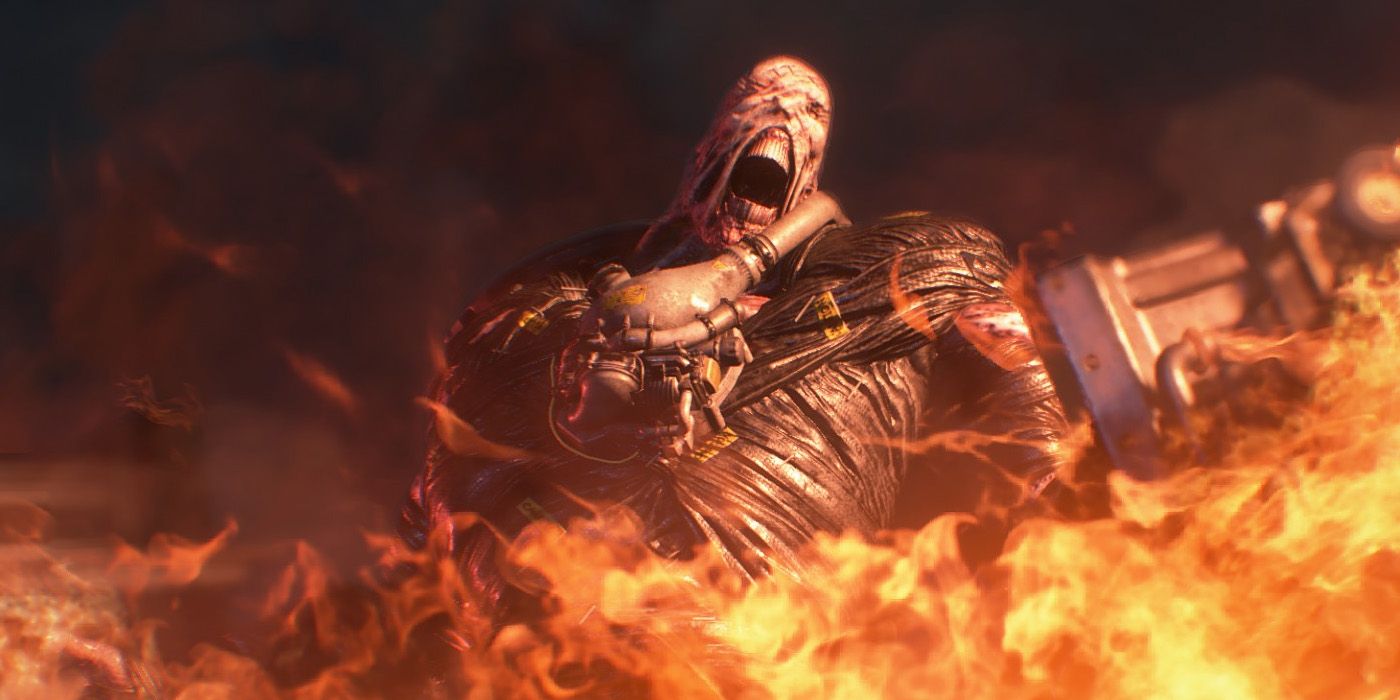Horror fans look at Capcom's Resident Evil as a hallmark of the entire franchise. As part of its legacy, Resident Evil jump-started the popularity of the survival horror genre. And in the span of seven main series titles, Resident Evil grew, tried out new concepts, and eventually "evolved" with gaming's latest developments. As a result, Resident Evil has titles known for their cinematic feel, their action sequences, and a more mysterious approach to its scares.
However, a franchise as famous as Resident Evil still has elements that make it unique. In fact, despite the different offerings across its games, all of them contain elements that remain undeniably Resident Evil. Aside from the trademark zombies and badass protagonists, just what survival horror tropes did Resident Evil popularize? Moreover, which bad survival horror tropes did Resident Evil contribute to making?
10 Great Tradition: Biopunk
Aside from jump-starting the popularity of the survival horror genre, a lot of fans consider Resident Evil a modern example of biopunk. In this genre, creators apply the "punk" aspect of exploring and fighting the influence of evil mega-corporations from a biotechnology standpoint. As such, the game features common themes such as the consequences of biological experimental, bioweapons, and genetic engineering.
Likewise, resistance remains a key hallmark of "punk" genres. In the case of biopunk, Resident Evil features unlikely protagonists banding against the threat of these bio-experiments gone wrong. Moreover, the series expands this with organizations such as RE 5's Bioterrorism Security Assessment Alliance.
9 Not-So-Great: Everyone Wants The Virus
After the Raccoon City Destruction Incident, players would expect governments to become warier of pharmaceutical mega-corporations like Umbrella Corporation. Moreover, Albert Wesker's public exposure of Umbrella's bioweapons experiments should have placed the international community on high alert. However, it seems Resident Evil's biopunk setting also caused even more bioweapons research groups to pop up instead of countermeasure teams.
As such, aside from Umbrella, Resident Evil games and other media introduced other Umbrella-esque virus-obsessed corporations. These come in the form of Neo-Umbrella, "the Organization," The Connections, Tricell, Los Illuminados, and the Family. Some of these groups served as the antagonist for some games, while others just became Umbrella-placeholders in feature films. Meanwhile, outside the BSAA, the world's only defenses against bioweapons appear to be Blue Umbrella, the Federal Bioterrorism Commission, and the Private Anti-Biohazard Service.
8 Great Tradition: Expansive Lore
Unlike other franchises, Resident Evil expands its story outside its games. As such, fans can explore the entire series' mythos across spinoffs, novels, and even films. Moreover, the game itself makes an effort to tell their stories from different perspectives. As such, Resident Evil 2 contains two "stories," one for Claire Redfield and Leon Kennedy's experiences. Moreover, this "alternating perspectives" get explored in other game modes and future titles.
As a result, Resident Evil offers a wide range of resources fans can explore to get deeper insights into the game's lore. Moreover, random "notes" and pieces of information found throughout exploration can help piece together tiny details of the story. As such, these in-game notes usually tie in nicely into the deeper Resident Evil canon well.
7 Not-So-Great: New Clothes Plus
Players love Resident Evil for its replayability. After all, its dynamic gameplay means players can find new ways to play the same story. Moreover, some Resident Evil games offer new modes after finishing the main story. For instance, RE 2 Remake offers not just a second playthrough, but other unique modes. Unfortunately, other titles in the franchise offer something rather simpler in the New Game Plus.
In games like RE 4, its New Game Plus mode offers new costumes. Granted, playing with new costumes can be fun. However, having new costumes in an upped difficulty mode (despite keeping the previous weapons and upgrades) doesn't feel so rewarding.
6 Great Tradition: Anyone Can Die
Unlike other franchises, the survival horror aspect of Resident Evil cements that if anyone is not the main character, chances are they can die. As such, players learn to become wary of having to rescue certain characters, as they most likely become zombies in the end. Moreover, when a side character does become a main character, they end up being a sidekick (Resident Evil 4's Ashley).
While this mechanic remains an annoyance, a lot of players appreciate the "fragile" nature of other characters. After all, this caveat cements the premise that Resident Evil is still a horror game. And yes, that's despite the action sequences.
5 Not-So-Great: Disappearing Characters
Players of the franchise know Resident Evil has a delightful cast of characters - from lasting protagonists, recurring villains, and even fan-favorite side characters. Unfortunately, some major side characters or even minor plot details have a tendency of popping out of existence without any references elsewhere.
For instance, while Rebecca Chambers survived with the rest of the team in RE 1 and starred in Resident Evil 0, she's nowhere in recent games. Moreover, new characters like RE 5's Sheva didn't even become a topic of conversation for her partner Chris Redfield, who returned in RE 6. Granted, some of these characters end up reappearing a few games later, such as Sherry Birkin who appeared in RE 6 after first appearing in RE 2. Unfortunately, one can't deny that the lack of any references to these characters across some games does make the timeline a bit off.
4 Great Tradition: Starting Small
Like in most video games, Resident Evil titles let players start "small" and without much to go around. Despite the training and status of some main characters, they don't end up with massively-powerful weapons. As such, RE 1's Jill Valentine and Chris, despite being STARS members, start with basic weapons. Likewise, then-police Leon and Claire get thrust in a zombie outbreak in RE 2 without any prior warning.
The game finds a way to limit the player's basic resources, which enables them to grow their arsenal their own way. Interestingly, this approach means players survive the game's outbreak in their own way.
3 Not-So-Great: Suddenly Martial Arts
Fans of Resident Evil might remember the day they first tried RE 4 and suddenly saw Leon suplex a Ganado. A thousand melee finishers, a flashy knife fight, and a couple of games later, and martial arts have become a Resident Evil staple. Somehow, almost all protagonists across RE 4 to RE 6 know a couple of handy wrestling or martial arts moves. Granted, most of them received training in some form of special forces unit. However, over-complicated fights and action sequences still make the "military training" angle a bit of a head-scratcher.
Thankfully, more recent titles have let go of this trope. And while martial artists versus zombies do make the protagonists look awesome, it does cement the action theme Resident Evil wants to let go of.
2 Great Tradition: Raising The Stakes
Granted, some fans think that the increasing difficulty courtesy of bigger and bigger bosses make the stories seem ridiculous. After all, how can ordinary people defeat superhuman monstrosities? That glaring plot hole aside, it's perhaps this highlight of "normalcy" that helps Resident Evil maintain that allure to players. For instance, even if Resident Evil 7 took the road down uncanny valley, the main character Ethan Winters still managed to prevail against a family of superhuman cannibals.
Moreover, Resident Evil does a great way of easing the rise of difficulty for players across its games. As such, players not only get to learn how to strategically kill certain monsters. Rather, players slowly learn how to do it efficiently - making them feel awesome in the process.
1 Not-So-Great: Zombies On The News
When zombies start infesting an entire city, they ideally become international news. Moreover, thanks to teams such as the BSAA, the franchise shows there's at least some degree of damage control against biohazard threats. However, it's odd how the in-game world treats their zombie outbreaks almost the same as the occasional thunderstorm.
Granted, other games in the franchise take place in secluded locations and far-off locales. However, one might think governments have created security measures against BOWs ranging from stricter borders or disaster protocols. Unfortunately, instead of sending tactical teams to investigate secret labs, they send the same potentially-traumatized survivors of previous zombie outbreaks to do the job.

